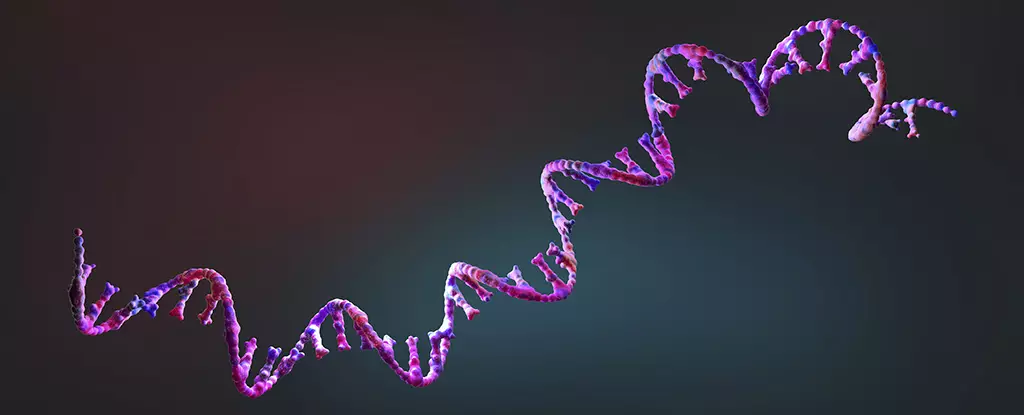The quest to understand the origins of life on Earth has captivated scientists for generations. The transition from simple, reactive molecules to stable structures capable of self-replication is a critical step in this journey. Recent advancements in laboratory simulations have provided insights into how these early molecular systems may have stabilized long enough to form complex life. This article explores the implications of these findings and raises questions about the very nature of life itself.
In an innovative attempt to recreate the conditions of early Earth, a team of chemists in Germany has made significant strides toward deciphering life’s inception. The focus of their research lies in the examination of RNA-like units—synthetic chemical structures that can combine in diverse configurations to create sequences resembling genetic information. Chemist Job Boekhoven from the Technical University of Munich emphasizes the critical question: “Can we use this to replicate the origins of life in the lab?”
To simulate the primordial environment, the researchers introduced a high-energy “fuel” that allowed these synthetic molecules to react, combine, and decompose in various environments. Initial observations showed that when left to their own devices, these molecules lacked the capacity to form lasting connections. A breakthrough occurred with the introduction of short strands of preformed DNA, which acted as templates, facilitating the formation of more complex and stable molecular structures.
What might seem a minor addition—these pre-existing DNA strands—proved pivotal in the experiment. By providing a foundational structure, the DNA templates encouraged the RNA-like units to pair up and form stable double-stranded molecules. This stability not only increased the likelihood of intricate molecular formations but also sparked a remarkable phenomenon akin to natural selection. As noted by Boekhoven, the emergence of double strands led to RNA folding, a transformation that could potentially imbue the RNA with catalytic properties.
This finding has profound implications, hinting at a process whereby simpler molecular forms could have eventually contributed to the development of more sophisticated biological systems. The ability of these molecules to self-organize, replicate, and adapt sets the stage for the complexity we observe in modern life.
Changing Perceptions Around Molecular Evolution
One of the most intriguing aspects of this research is its suggestion that molecular interactions are not purely random. Introducing DNA templates seemingly fostered an evolutionary-like process where molecular structures that were better suited for their environments were favored. This revelation invites speculation about how life’s early building blocks may have formed from the primordial ooze, creating conditions ripe for the emergence of self-sustaining systems.
Remarkably, as the template copying process unfolded, it appeared to influence the surrounding membrane structures. This observation prompts critical questions about the interplay between molecular evolution and cellular structures at the dawn of life. Understanding these interactions could radically shift our perspective on how life initially sparked into existence.
While the researchers celebrate their findings, they acknowledge the fundamental challenges that remain. A key inquiry involves determining the origins of the DNA templates themselves—a mystery that leaves many questions unanswered. Boekhoven suggests investigating whether RNA molecules can indeed generate their complementary strands, a question that could unravel further layers in our understanding of early life’s complexity.
As scientists continue to explore these intricate hypotheses, it becomes evident that the quest to decode the origins of life is multifaceted. Each research endeavor uncovers historical stages, contributing to a broader narrative that spans billions of years. This particular study builds on prior investigations, enhancing existing theories about the self-replicating capabilities of RNA and the pivotal role of DNA.
The journey toward uncovering the origins of life involves a tapestry of scientific exploration and discovery. The demonstrated potential of RNA and DNA to interact and influence one another opens new avenues for understanding how life emerged from non-life in a primordial world. As contemporary scientists simulate ancient conditions and accelerate evolutionary processes, they not only bring us closer to answering age-old questions but also enrich our understanding of the delicate dance of molecular chemistry that laid the foundation for biological existence on Earth. Such endeavors highlight the remarkable power of scientific inquiry, paving the way for future explorations into life’s most profound mysteries.


Leave a Reply